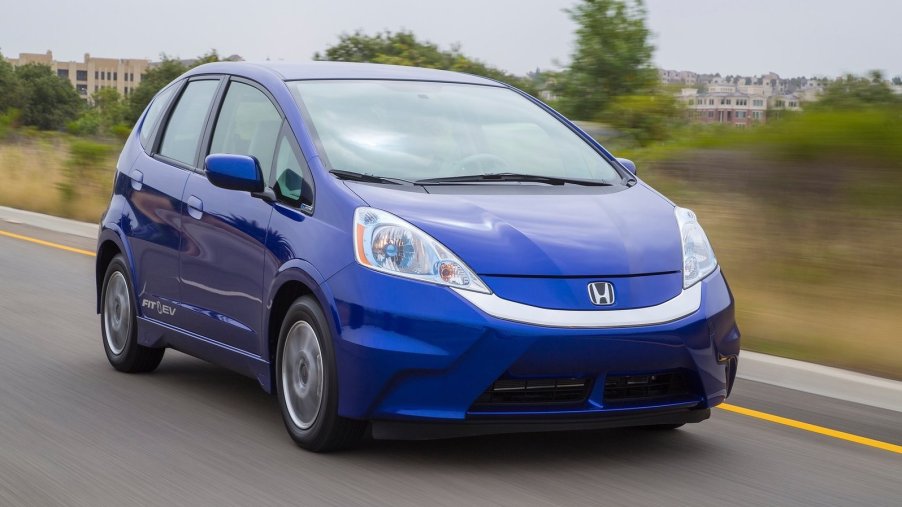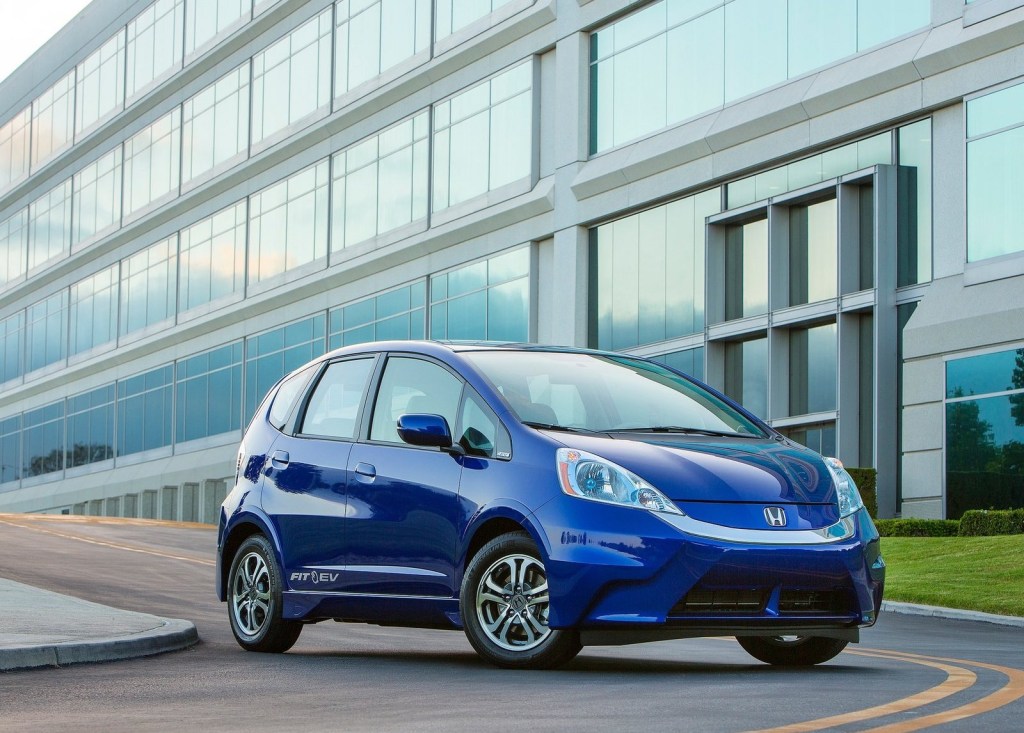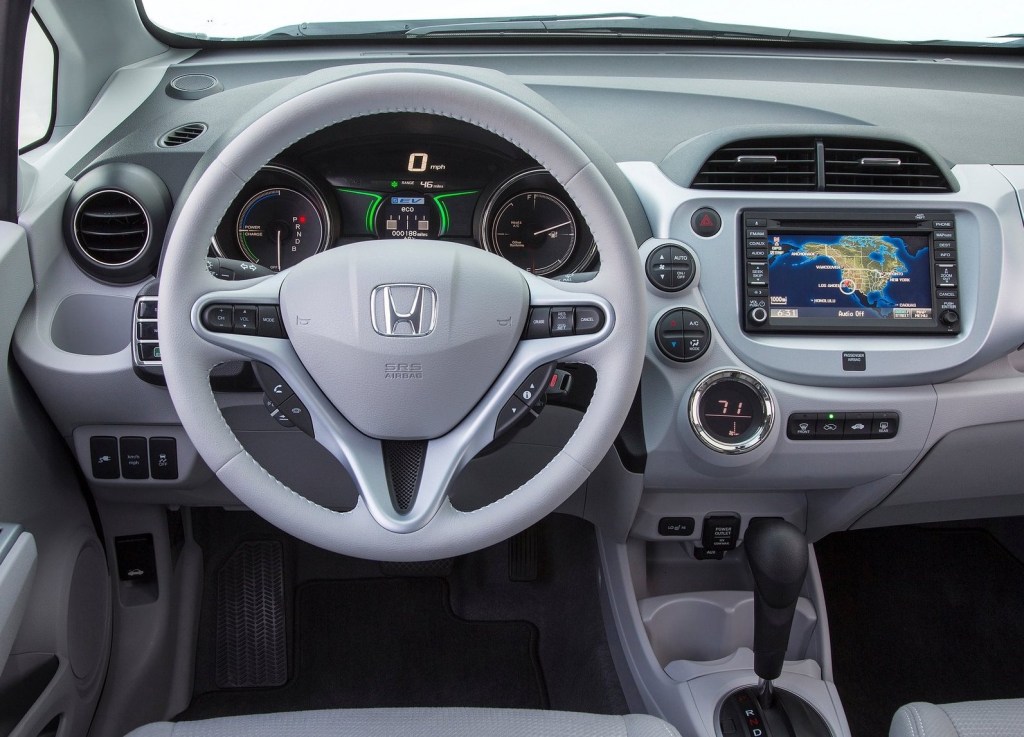
The Honda Fit EV was a Shockingly Terrible Electric Car
Thanks to the popularity of Tesla Motors in the past decade, electric vehicles have become a normal part of the automotive market. However, it wasn’t always that way. In fact, around the time that Tesla was just getting popular, a few of the bigger manufacturers tried their hand in making a substantial electric vehicle.
For example, Nissan came out with the Leaf, and Honda came out with the Fit EV. That’s right, even Honda threw their name in the EV hat, but unfortunately, unlike the gasoline-powered Fit, the Fit EV was terrible.
It could only be leased

While many electric vehicles today are able to achieve north of 200 miles on a single charge, automakers were just scratching the surface back in 2013. Around this time, we saw cars like the Nissan Leaf and the Smart Fortwo, which had very limited range and plug-in hybrid cars like the Ford C-Max Energi and Toyota Prius Plug-in were doing their part in turning Americans over to better gas mileage.
But then came the Honda Fit EV which, looking back, was really just a small blip on the EV map, and when it came to its specifications, it was an even smaller blip. The Honda Fit EV was introduced for the 2014 model year only and was technically a pilot program for the brand when it came to electric cars. Honda had already started leasing the hydrogen fuel-cell-powered Honda Clarity to some very mild success and the Fit EV was them dipping their toe in the electric-fueled waters.
Unfortunately, it didn’t end up too well as the Fit EV was only around for that one model year, mainly due to the fact that it was a “lease-only” vehicle and got terrible range at that. However, there were some pros and cons to Honda’s foray into the EV world.

Range and performance anxiety
The 2014 Honda Fit EV was powered by a 20-kW lithium-ion battery pack that fed power to an electric motor that was able to crank out 123 horsepower and 189 lb-ft of torque. That doesn’t sound too bad, although, 0 to 60 times were less than stellar. Forget what you know about getting a Tesla to 60 in less than 4 seconds on a bad day as the Fit EV took about 9 seconds, in sport mode, to get up to that speed.
In case your keeping track, that’s not very quick for an electric car that has maximum torque from 0 rpm. Although, we’re sure that the 3,252-pound curb weight did not help it at all, especially considering that’s 630 more than the gas-powered Fit. In case you’re wondering, the 2013 model of the Honda was able to get to 60 in about the same amount of time.
Performance numbers aside, the real let down of the Honda Fit EV was its overall range. The EPA estimated range was a whopping 82 miles on a full charge. Not too great, but at least it only took about 3 hours to fully charge this car on a 240-volt charger.
Was it really that terrible?
According to car reviewers at the time, the Honda Fit EV drove smoothly and the electric motor did provide a torque-filled driving experience. Although, according to C-Net, electric cars do tend to feel faster than they really are. But ultimately, it was a Honda Fit with the gas engine ripped out and an electric motor put in its place. So the renowned Honda quality was still present.
Price-wise, the Fit EV carried an expensive MSRP of $37,415, which was broken down into affordable lease payments of $259 a month for three years. That’s not too bad, especially considering collision insurance and unlimited mileage was also included, however, buyers had to give the car back in the end.
A mixed bag
When it was all said and done, the Honda Fit EV was only around for a short time and it only existed to gauge consumer interest. And while it’s all gone now, we can’t help but wonder that although it wasn’t the best electric car to ever grace the market, could it be a precursor for Honda EV’s in the future? We’ll have to wait and find out.



